Advanced stealth drone downed by domestic missile defense system
In June 2019 Iran shot down an intruding RQ-4a Global Hawk unmanned reconnaissance aircraft with surface to air missiles over the coastal province of Hormozgan. The high tech spy drone belonged to the United States with a price tag of over $120 million.
The Americans claimed that the drone was flying in international airspace when hit, however, Iranian foreign minister, Mohammad Javad Zarif, dismissed the claim and, later in the day, announced that Iran had located parts of the drone in Iranian territorial waters.
The downing of the American spy drone sent a strong message to Washington. It signaled that Iran's deterrence power is far greater than American expectations and that Iran will not be bullied by any country, even the US.
Iranian red lines
Any intrusion on its soil and airspace will be met harshly; they are its red lines.
The incident in 2019 was not the first time a US military spy drone was seized or shot down by Iran's air defense forces. There have been several similar instances in previous years.
Washington which found its image tarnished by the incident, threatened Tehran with a military attack. However, knowing Iran's defensive capabilities, the US refrained from an armed confrontation.
Coincidentally, Iran experienced cyber attacks soon afterwards. The US also imposed fresh anti Iran sanctions against Tehran's move.
Iran has said, time and time again, that its military power is solely for defensive purposes and does not pose any threat to other countries.
Nevertheless, Iran says it will not leave any act of aggression against its territory unanswered.
Why does the US send spy drones to Iran?
Well my take on this was that the Americans were trying to provoke the Iranians into an intemperate, overly aggressive, response.
The Americans are trying to push the Iranians into a corner and force them to retaliate against an American provocation that would guarantee the United States to be able to say, see look what the Iranians have done to us, we have to go in with foot and guns and teach them a lesson and end their aggressive ways.
So I think that by making a temperate response, knocking down the drone and then sitting back and waiting for the American reaction, was an excellent example of a cool calculated response by the Iranian government, they would not be bullied and they would not let themselves be pushed into a corner and making a mistake.
Michael J Springmann, Former US Diplomat
On January 3 Last year, high ranking Iranian general, Qassem Soleimani, and Iraqi commander, Abu Mahdi al Muhandis, were assassinated in a US drone strike.
Five days later, Iran retaliated by firing dozens of missiles at the Ayn al Asad airbase in the Al Anbar governorate of western Iraq, declaring that the attacks were part of its promised tough revenge for the assassination.
It also sent a message to Israel not to continue threatening Iran militarily.
According to the Pentagon over 100 American soldiers suffered traumatic brain injuries as a result of the missile strike against Ayn al Asad.
Since then, US bases in Iraq have come under increasing rocket and drone attacks, amid rising tensions over the continued American military presence in the Arab country.
Washington has already started to withdraw its anti missile batteries from various countries including Iraq, Kuwait, Jordan, and Saudi Arabia. The move reflects recent changes on the ground in the West Asia region.
Why the US Assassinated General Soleimani
But as I was told the Americans simply think that they can get away with it. So the Iranian response in Iraq after the murder of Lieutenant General Soleimani, and the deputy director of the popular mobilization units in Iraq, was again a very temperate response.
The Iranians told the Americans through the Iraqis that a response is coming, that rockets will be fired, and you better run for the hills.
So I think that the Iranians have again proved that they will not be bullied, they will not be provoked, and it's the Americans who are the danger, who are constantly seeking an attempt to start a war against Iran.
Michael J Springmann, Former US Diplomat
The presence of US forces in the West Asia region has increased instability. This is most notable in Iraq as well as in Syria and Afghanistan; Yemen could be on that list too.
After spending trillions of dollars in West Asia the US has nothing to show for it; something that the former US President Donald Trump admitted.
'Gaza has won': Social media users react to ceasefire with mix of relief, joy
Iran seeks South Korea’s assistance for AI, fiber-optic projects
VIDEO | Iran's 'Eqtedar' (Power) maneuver
Israel hits HTS military target in Syria for 1st time since fall of Assad
VIDEO | Press TV's news headlines
Israel has slaughtered 13,000 students in Gaza, West Bank
VIDEO | More Zionist than Zionists: Biden’s legacy to be defined by Gaza genocide
Hamas confirms handing approval of Gaza ceasefire deal to mediators


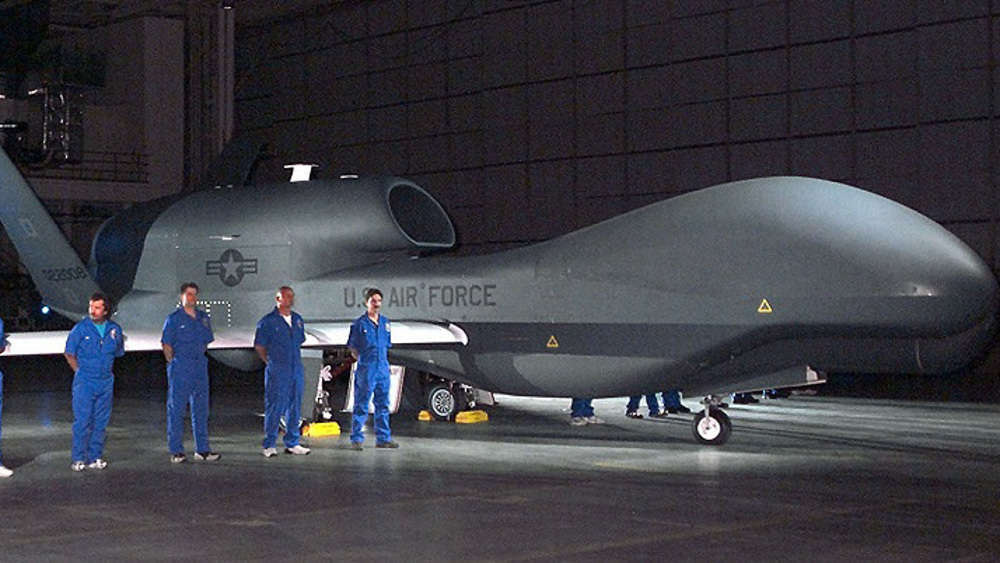
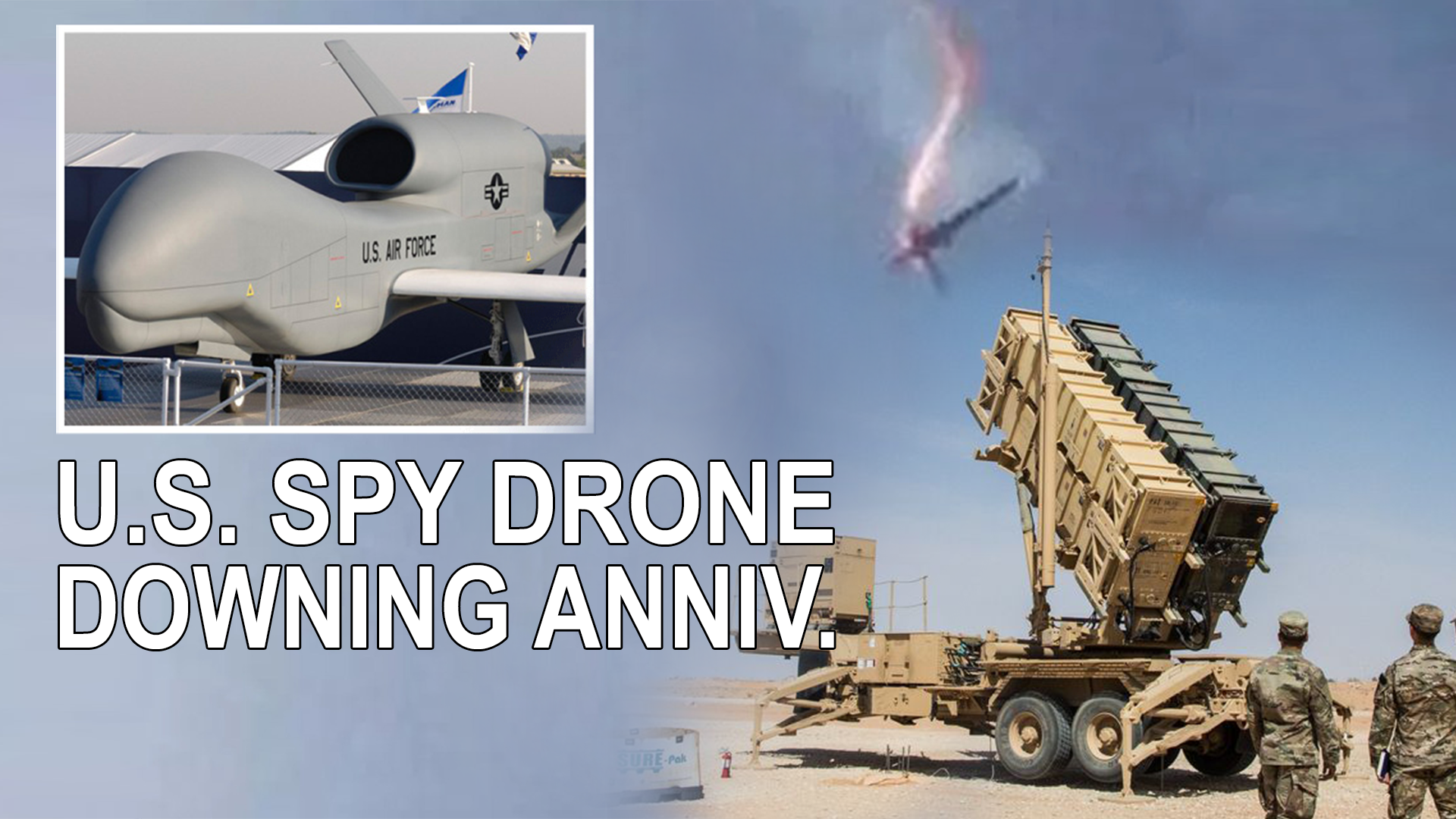
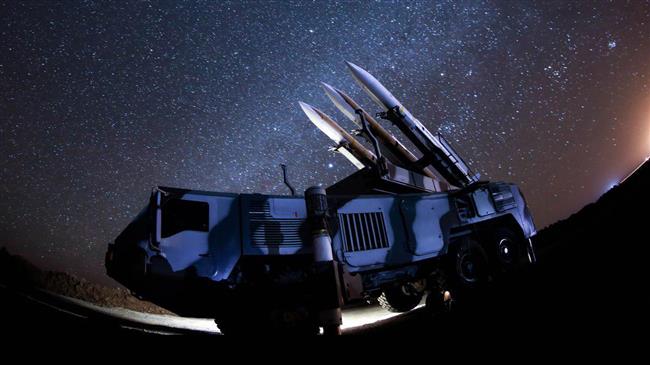


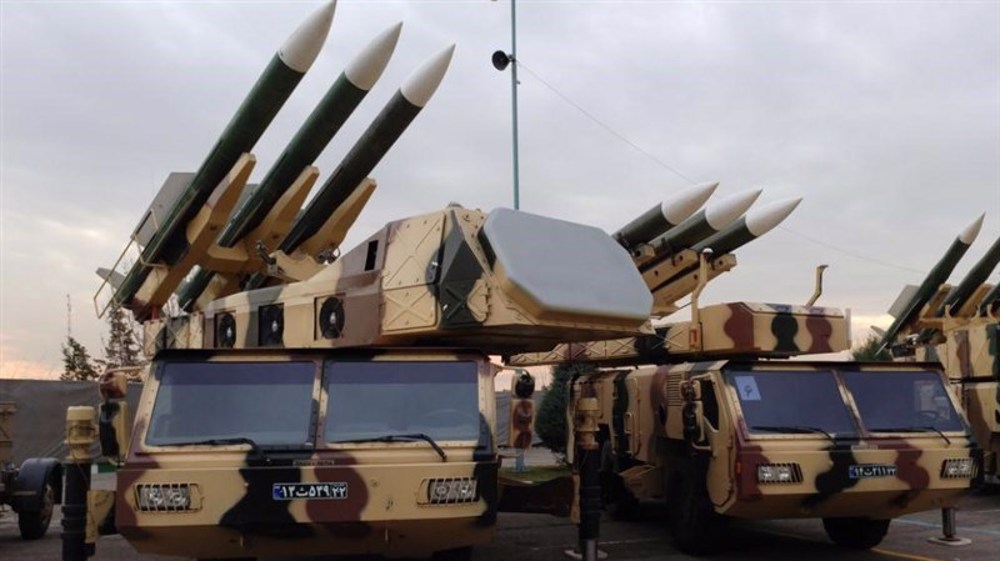
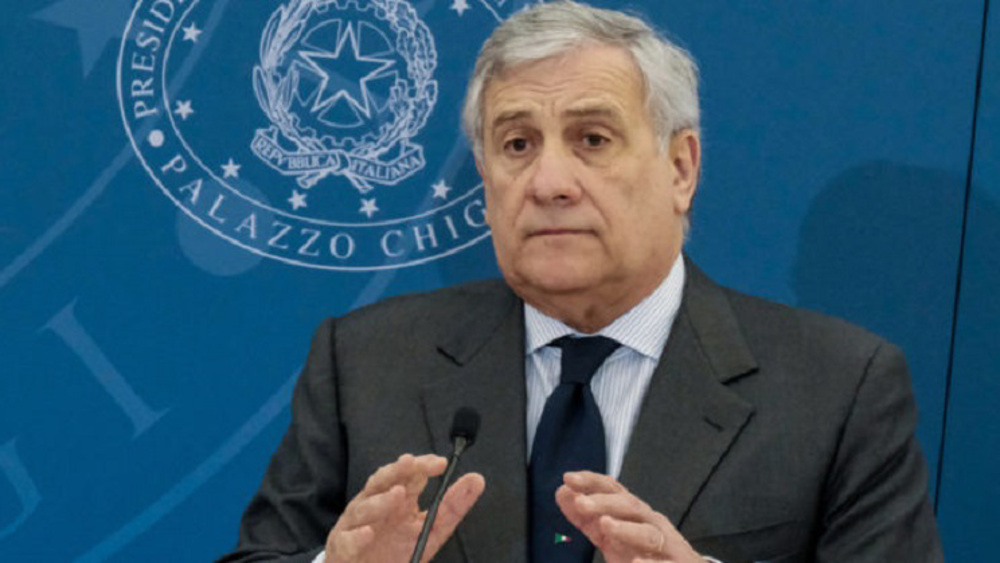
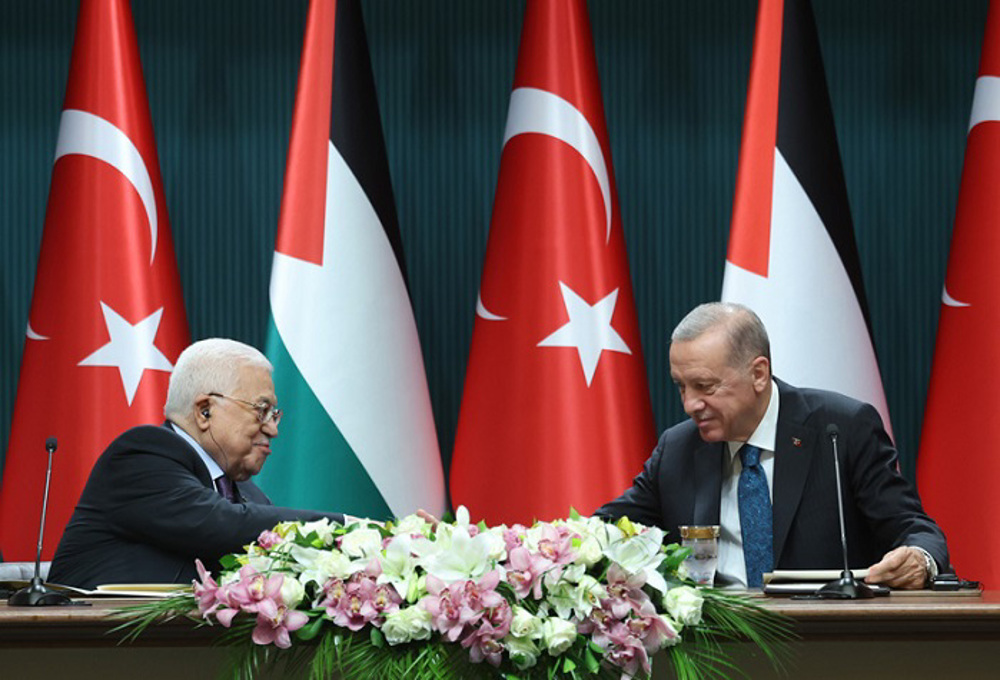
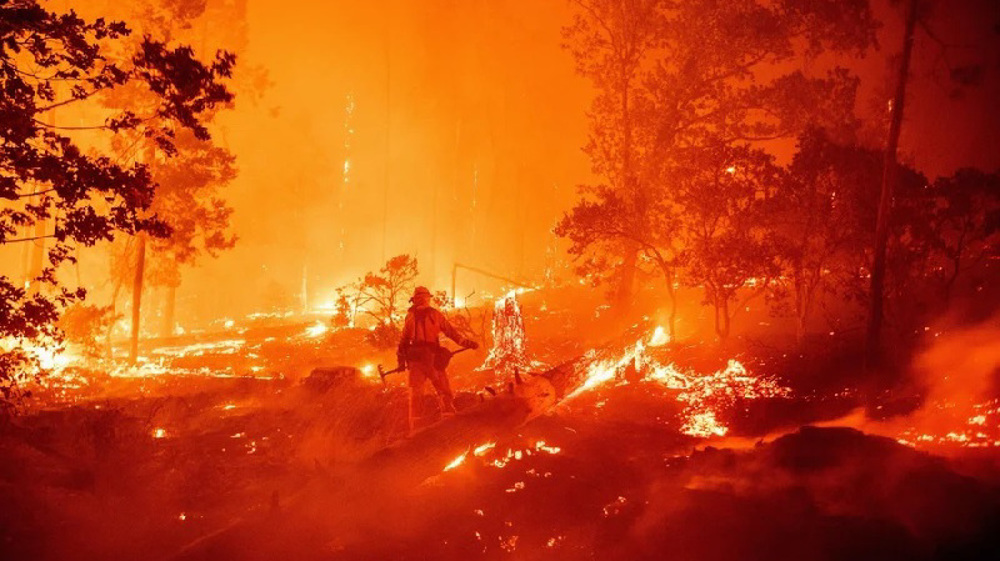




 This makes it easy to access the Press TV website
This makes it easy to access the Press TV website